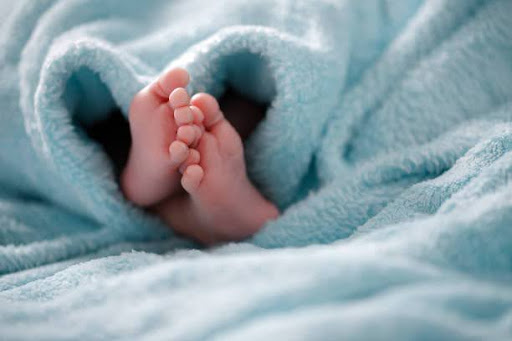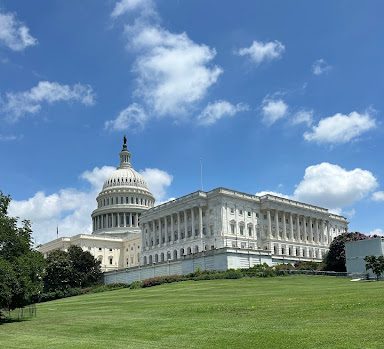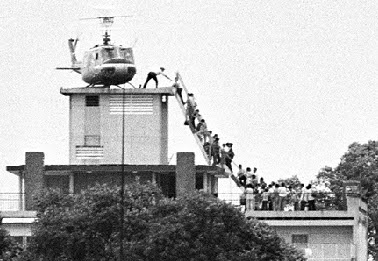
In 2022, the Supreme Court Dobbs decided to repeal the federal right that allows women to get abortions. After that, new research has been conducted, showing that hundreds more infants than expected have died, many of whom have birth defects. In 2021, researchers found that the death rate of infants in Texas went up 6-weeks after the abortion ban.
Dr. Parvati Singh and co-author Dr. Maria Gallo, published a study in which historical infant mortality trends were compared to the rate since the Dobbs decision was made. Their research found that the US infant mortality rate was 7% higher after the few months following the ruling. This meant 247 more infants died. More than half of these infant deaths have been attributed to birth defects, which were higher than expected for it being only 6 months after the Dobbs decision. These birth defects, or congenital anomalies, have a wide range, with some of the common types affecting an infant’s spine or heart.
However, different research shows that births have actually increased in states with abortion bans. Experts claim that some of this increase has been attributed to a disproportionate rise in the number of women who are now carrying fetuses that have deadly birth defects.
“This is the tip of the iceberg. Mortality is the ultimate outcome of any health condition,” Singh said. “It could be representative of underlying morbidity and underlying hardship.”
Although abortions aren’t the best option for some women, due to some not having good resources or the ability to get good care after or during the abortion. Because some women struggle financially, insurance coverage for abortion services plays a big part in making the process and the service accessible. When abortion is insured, it can help those women with a big part of the payment needed.
The article also mentions that when women can’t access the necessary abortion services and leads to terrible economic problems. This also leads to them not being able to finish things like going to college and later on having the responsibility of having to pay and care for a child that wasn’t planned. That way many women have also learned not to have Unintended pregnancies.
“Over the last few decades, abortion has become increasingly concentrated among the poor,” the article said. Most women who get abortions say they cannot afford to have a child or sometimes even another child because it will interfere with their job. It can also affect them by delaying them paying bills or rent, or not having enough money for the child they already have. Taking everything into account, The women of low income who do end up getting an abortion often find themselves trapped in a cycle of poverty












